A castle-themed persuasive argument planning template.
Use this persuasive writing planning template with your students to help them determine three separate arguments that align with their opinion of a specific topic. (Wow, that was a mouthful but we got there!)
- Students write the topic of their persuasive text and their opinion.
- They add a supportive argument in each of the castle’s towers.
- Within the body of each tower, they add evidence and examples that support the argument.
Once students have completed the planning template, they can use their notes to create their persuasive text. Each tower will correspond to a body paragraph, with the introduction and conclusion forming the start and end of the text.
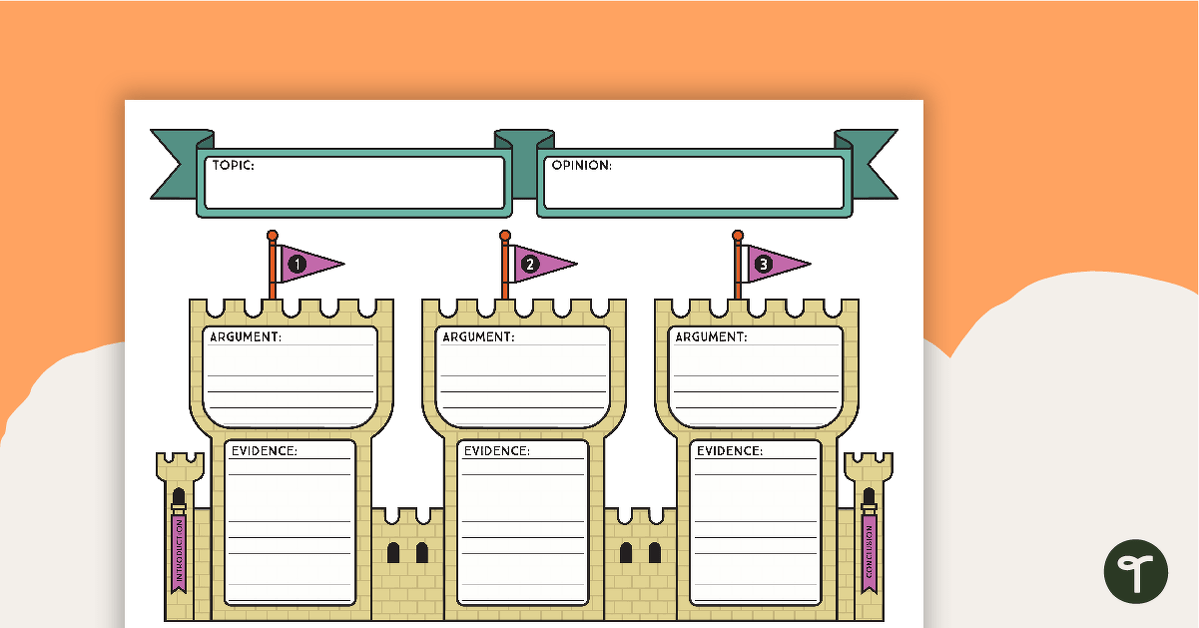
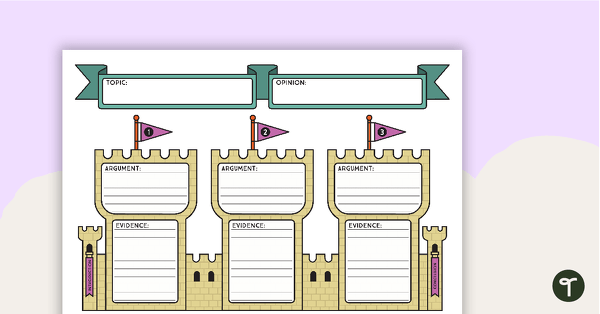

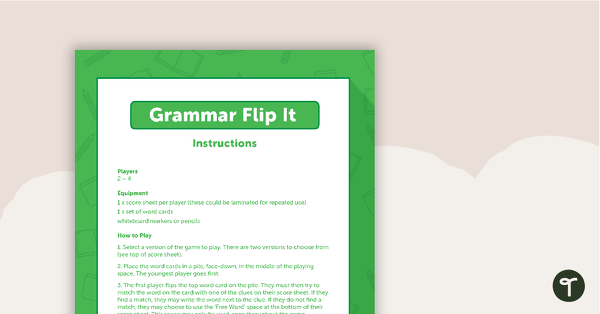
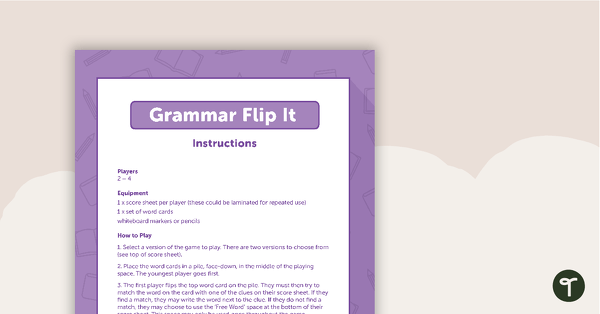


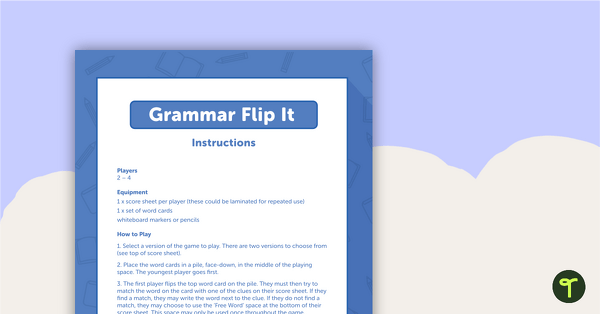


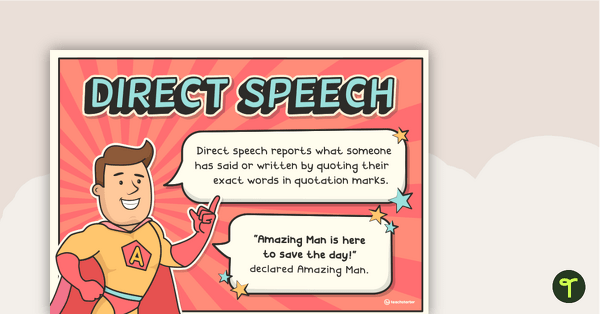
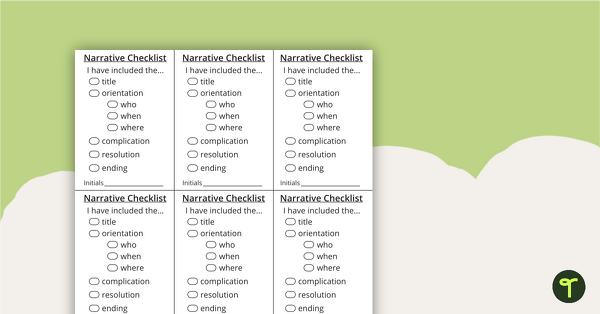
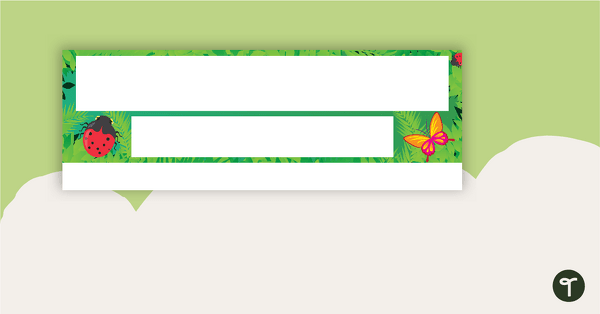
0 Comments
Write a review to help other teachers and parents like yourself. If you'd like to request a change to this resource, or report an error, select the corresponding tab above.